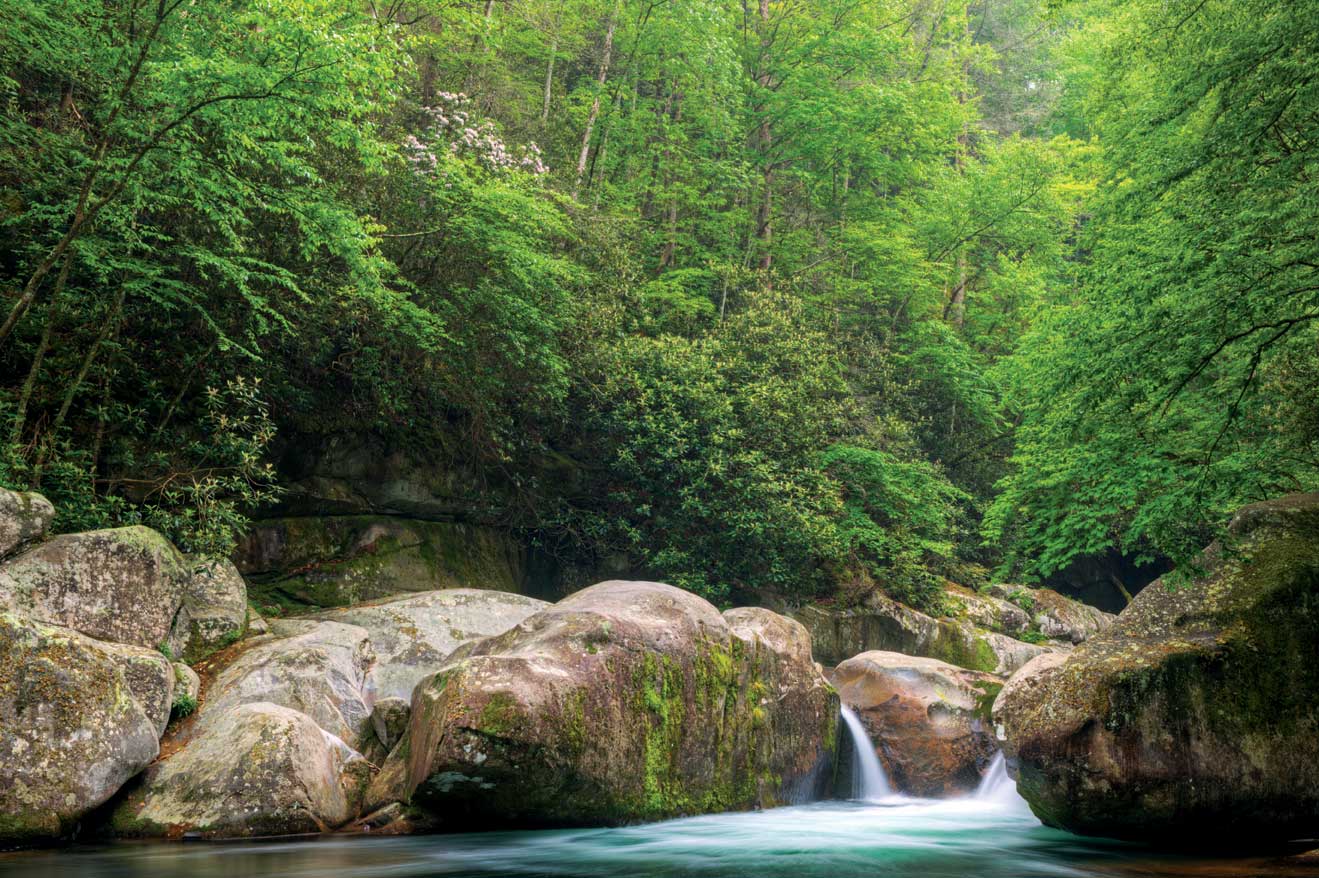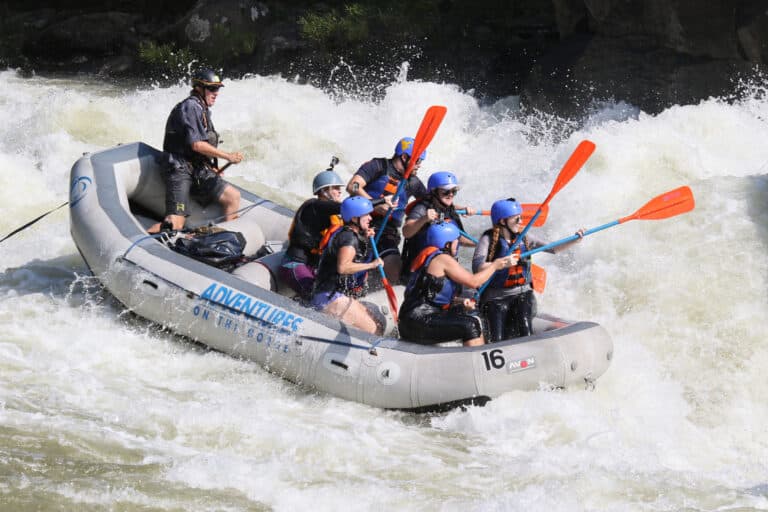Circle your calendar. September 30, 2015.
That date will be one of the most important days in conservation history.
Six months from now, the Land and Water Conservation Fund’s authorization from the U.S. Congress will either expire or be re-authorized.
That’s right. The 114th Congress must decide whether one of the most successful conservation and recreation programs in history will live or die.
Fifty years ago, the U.S. Congress passed the Land and Water Conservation Fund (LWCF) Act. LWCF is the fund used to create, expand, and protect parks, forests, wildlife, recreation areas, and special places.
Most people have probably never heard of the program, but nearly every American has benefited from it.
If you have visited a national park, national forest, or one of the 41,000 state and local parks across the nation, you have benefited from the Land and Water Conservation Fund.
LWCF is much like the Safe Drinking Water Act. It’s one of those little known successful federal laws that have made an enormous difference in everyone’s day to day lives. Because of the Safe Drinking Water Act, people drink water from the tap, take showers and baths and brush their teeth without having to think twice about getting sick. Unbeknownst to most Americans, because of LWCF, we have thousands of parks, trails, and special places to recreate and fall in love with outdoors.
How important is LWCF? The Blue Ridge region is in the midst of a “Clean Water Economy” revolution. Kayaking, trout fishing, greenways, blueways, camping platforms and craft beers are just a few of the recreation industry engines driving this fast growing economy. One of the programs that taps into LWCF is called the Forest Legacy Program.
Forest Legacy funds are leveraging private and state funding sources to secure protection of 8,000 acres along the East Fork of the French Broad River. This one project opens up a new portfolio of recreation opportunities and ensures clean water for the region’s craft breweries. Thousands of sustainable jobs are now a reality because we will be permanently protecting the French Broad’s headwaters.
Other examples in the region include:
Mountain biking—LWCF helped expand Lake James State Park, and in the process, created new areas for mountain bike trails.
Hiking the Appalachian Trail—LWCF programs have acquired inholdings protecting the AT’s and the Parkway’s viewsheds.
NEW OUTDOOR DESTINATIONS—LWCF funds have been used to help purchase Chimney Rock and save countless special places in the region such as Catawba Falls and the historically significant Overmountain Victory trail.
So how do we save LWCF by September 30th?
Several senators have championed the re-authorization and full funding of LWCF. Bill S. 338 has garnered widespread bi-partisan support. Support from the South is crucial. This is one piece of legislation the White House and Congress can agree on, but it will not happen if we do not get their attention.
If you care about conservation, recreation, a clean water economy, and saving special places throughout the South, make sure your voice is heard. Tell your representatives to re-authorize the Land and Water Conservation Fund. One of the most successful conservation programs in our nation’s history must not lapse.
Learn more about LWCF and how you can get involved at lwcfcoalition.org








